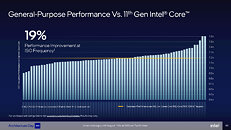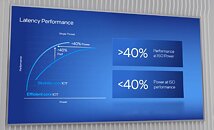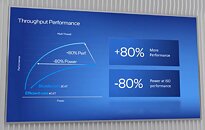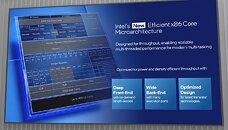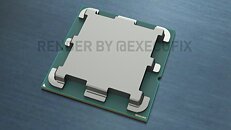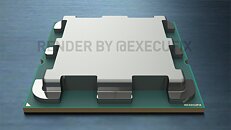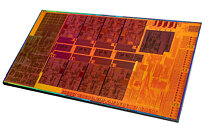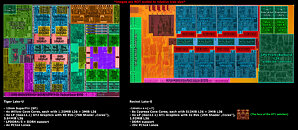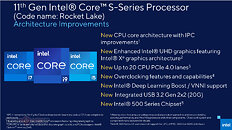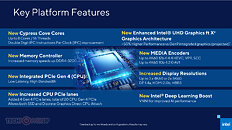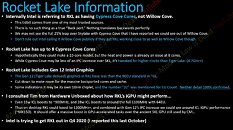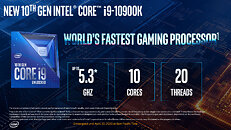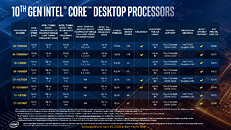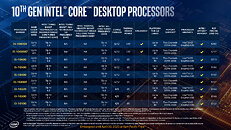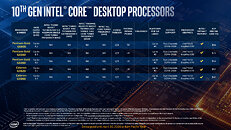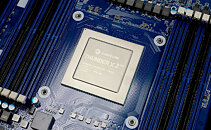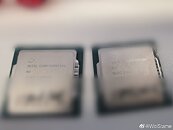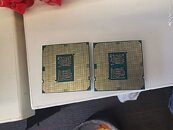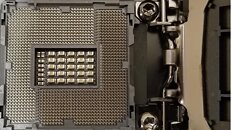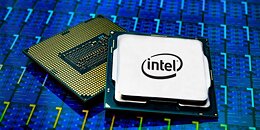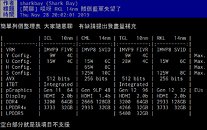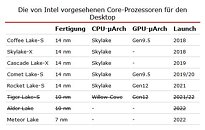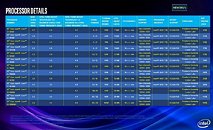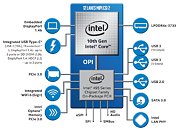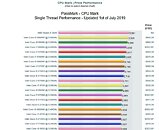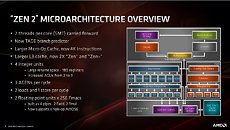Huawei's HiSilicon Taishan V120 Server Core Matches Zen 3 Performance
Huawei's new server CPU based on the HiSilicon Taishan V120 core has shown impressive single-threaded performance that matches AMD's Zen 3 architecture in a leaked Geekbench 6 benchmark. The Taishan V120 is likely being manufactured on SMIC's 7 nm process node. The Geekbench 6 result posted on social media does not identify the exact Huawei server CPU model, but speculation points to it being the upcoming Kunpeng 930 chip. In the benchmark, the Taishan V120 CPU operating at 2.9 GHz scored 1527 in the single-core test. This positions it nearly equal to AMD's EPYC 7413 server CPU based on the Zen 3 architecture, which boosts up to 3.6 GHz and which scored 1538 points. It also matches the single-threaded performance of Intel's Coffee Lake-based Xeon E-2136 from 2018, even though that Intel chip can reach 4.5 GHz boost speeds, scoring 1553 points.
The Taishan V120 core first appeared in Huawei's Kirin 9000 smartphone SoC in 2020. Using the core in server CPUs would allow Huawei to achieve competitive single-threaded performance to rival AMD's last-generation EPYC Milan and Intel's older Skylake server chips. Multi-threaded benchmarks will be required to gauge the Kunpeng 930's overall performance fully when it launches. Huawei continues innovating its ARM-based server CPU designs even while facing restrictions on manufacturing and selling chips internationally due to its inclusion on the US Entity List in 2019. The impressive single-threaded results versus leading x86 competitors demonstrate Huawei's resilience and self-reliance in developing homegrown data center technology through its HiSilicon division. More details on the Kunpeng 930 server chip will likely surface later this year, along with server configurations from Chinese OEMs.
The Taishan V120 core first appeared in Huawei's Kirin 9000 smartphone SoC in 2020. Using the core in server CPUs would allow Huawei to achieve competitive single-threaded performance to rival AMD's last-generation EPYC Milan and Intel's older Skylake server chips. Multi-threaded benchmarks will be required to gauge the Kunpeng 930's overall performance fully when it launches. Huawei continues innovating its ARM-based server CPU designs even while facing restrictions on manufacturing and selling chips internationally due to its inclusion on the US Entity List in 2019. The impressive single-threaded results versus leading x86 competitors demonstrate Huawei's resilience and self-reliance in developing homegrown data center technology through its HiSilicon division. More details on the Kunpeng 930 server chip will likely surface later this year, along with server configurations from Chinese OEMs.

















